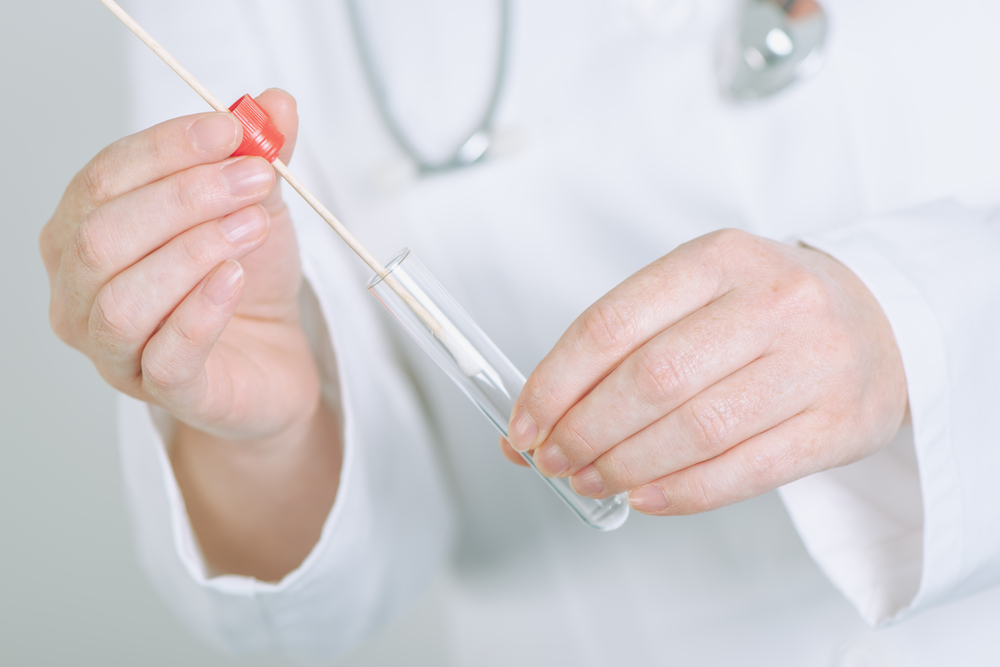Can a Cheek Swab Be Used to Diagnose Alzheimer’s? 3D Clinical Trial Suggests it Can

Canada’s 3D Signatures has developed a simple cheek swab to identify patients with Alzheimer’s disease (AD), and even distinguish among those with mild, moderate or severe stages of the illness, according to results from a clinical trial.
The analyses, based on the company’s TeloView software platform, will appear in the Journal of Alzheimer’s Disease, though a 3D press release did not specify when.
The search for sensitive and non-invasive markers to detect Alzheimer’s has been a hot topic lately. For now, scientists can only make a definitive diagnosis of Alzheimer’s after death, and amyloid plaques are detected in a patient’s brain. And although current imaging methods can detect the Alzheimer’s protein in the brains of living people, doctors don’t consider this method practical for routine screening.
“Current diagnostic methods are not highly specific,” said Sabine Mai, MD, co-founder and principal inventor of 3D. “In addition, AD is only confirmed post-mortem pathologically. There is a significant need for an accurate, non-invasive biomarker that can diagnose AD and indicate disease progression, and we believe TeloView has the potential to answer that important call.”
3D Signatures tested its TeloView platform on 44 patients with Alzheimer’s and an equal number of healthy controls of the same age and sex. All patients provided a cheek swab sample; the platform then produced telomeric profiles from cells taken from inside the cheek.
According to 3D, the software was able to correctly pick those with Alzheimer’s. It further identified those with mild and moderate forms of AD as well as those with severe dementia. Based on this data, 3D Signatures calls TeloView a promising potential new biomarker and monitoring tool.
The Winnipeg-based company says its analyses go beyond simple diagnostics, and can also guide physicians in how to best “personalize treatment and best manage the disease for each individual patient.” 3D added that it plans more clinical trials, and that it seeks funding for future research.






